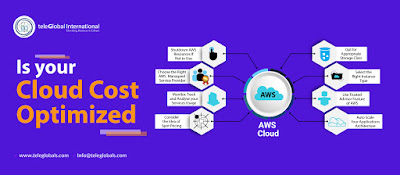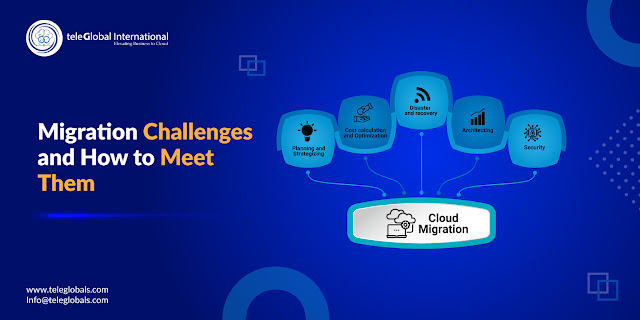AWS Pricing; Optimizing Costs in the Cloud

Are your AWS bills a constant source of surprise? Many organizations find themselves overspending in the cloud, not due to inefficient usage, but a lack of clarity on AWS's complex pricing models. Our latest deep dive, Understanding AWS Pricing; Optimizing Costs in the Cloud, demystifies everything from On-Demand instances to the strategic advantages of Savings Plans and Spot Instances. We break down the key factors driving your costs – from data transfer to storage tiers – and equip you with actionable strategies for genuine cost control. Stop guessing and start optimizing. Read the full guide to transform your cloud spending into a predictable, efficient asset. Click here to master your AWS costs: https://teleglobals.com/Blog/understanding-aws-pricing-optimizing-cloud-costs




